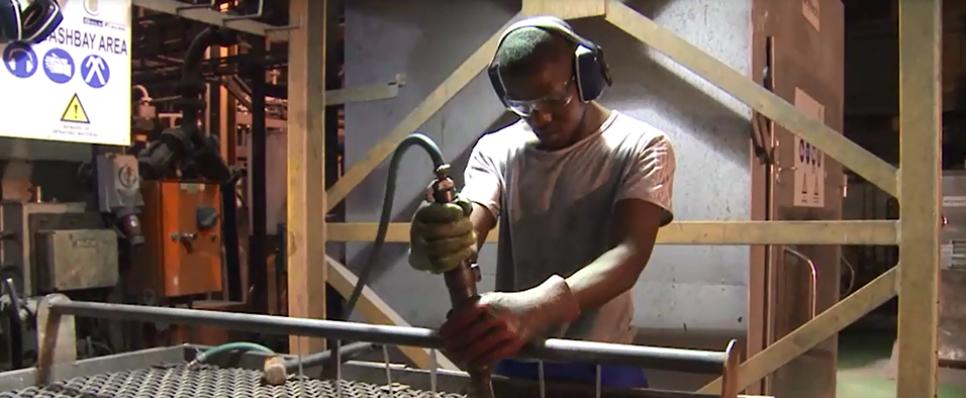Published: 27 Sep 2017
The story of gold mining technologies

Ever wondered how people mined gold in the ancient world? Gold deposits usually occur in two forms: lode and placer. Lode deposits of gold are embedded in mineral rock, which has to be broken crushed and milled to get at the gold itself. When the weather over centuries erodes the lode or reef deposits rock, heavy elements like gold are carried down into rivers and become placer deposits (also known as alluvial gold).
The Greeks and Romans exploited both alluvial and reef gold in ancient times. The earliest placer deposits discovered was dating back to the 7th century BC, were auriferous ore carried down from Mount Tmolus by the rivers of Asia Minor. No sophisticated processing was required to produce this ‘white gold’ – two-thirds gold and one-third silver.
Greek and Egyptian ore-processing and refining techniques included the use of furnaces as far back as the first century BC. Experiments by engineers and researchers that simulated those ancient techniques produced gold which was 93.5 per cent pure.
In modern times, there is open pit mining, used when the gold is located close to the surface, and an open pit makes economic sense and is environmentally feasible. It is exactly what it sounds like - a giant hole dug in the ground with roads leading around and up to the top of the mine to facilitate getting machinery in and getting ore out of the mine.
When the gold is much deeper – as in most mines in South Africa, for example - shafts are dug with tunnels branching out to the lode deposits. The mining process is straightforward, though technical and involves a lot of hard work: drilling holes for explosives, setting off those explosives and then taking out all the blast debris. The ore is then processed and the gold extracted.
The methods of mining and extracting gold have changed rapidly. Newly-developed machines excavate with greater accuracy and cause less harm to the environment. Greater focus is on better machinery to mine for larger masses of gold, across more expansive areas at extraordinary depths underground. Advancements in equipment and tools even include automated robots.
Scientists at Northwestern University have experimented with an inexpensive and environmentally benign method that uses simple corn starch – instead of cyanide – to isolate gold from raw materials. A key focus for mining innovation is finding technologies that minimise impact on the environment.











